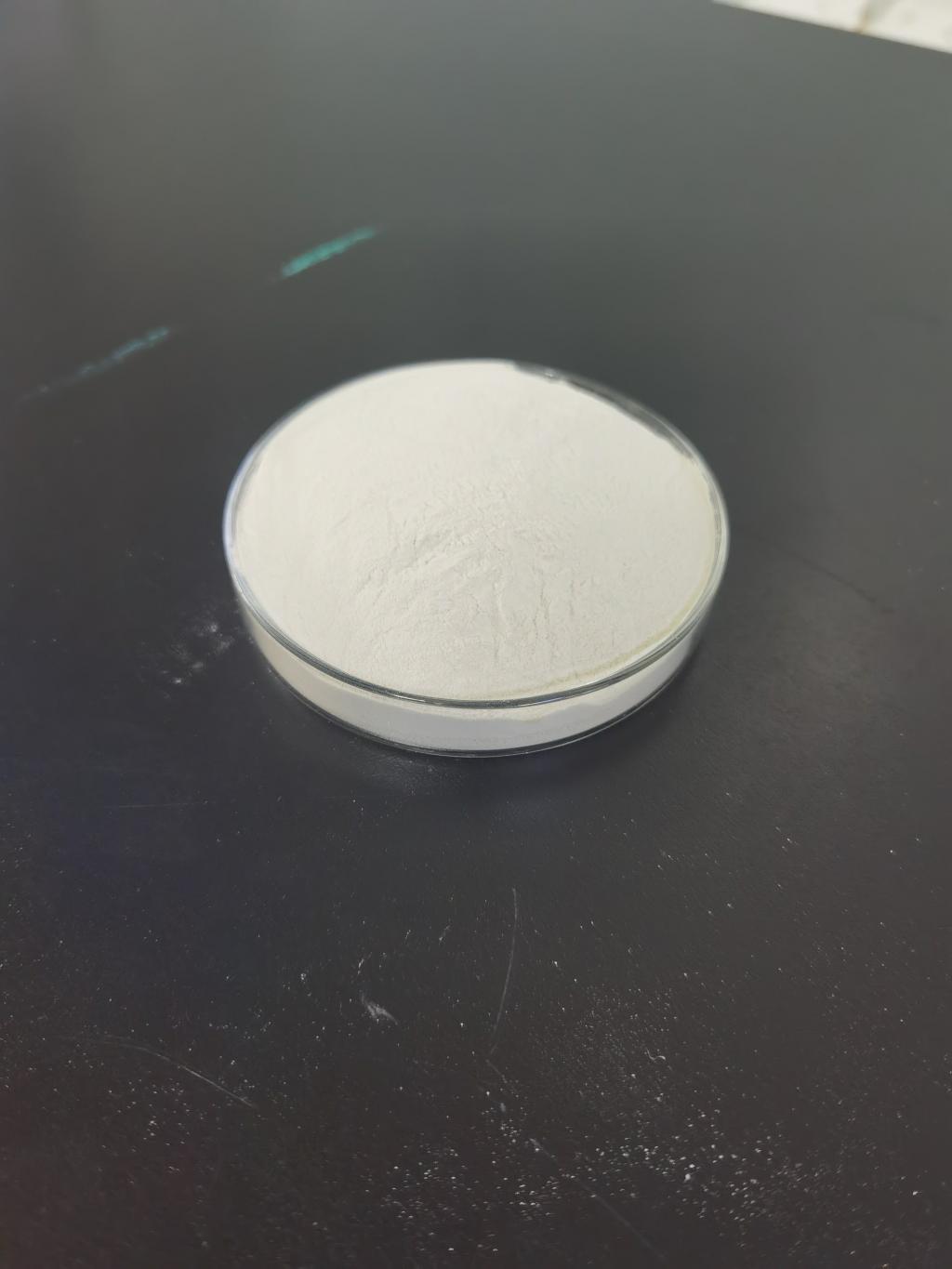Tel:0086 18231198596

News
Current Position:
Home >
News
>Assessing the environmental impact of widespread Nisin usage in food preservation.
Assessing the environmental impact of widespread Nisin usage in food preservation.
TIME:2024-04-26
Production of Nisin
The production of nisin typically involves fermentation using lactic acid bacteria, such as Lactococcus lactis. While this process is generally considered environmentally friendly compared to chemical synthesis methods, it still requires significant resources, including energy, water, and raw materials. Furthermore, the downstream processing and purification steps may generate waste products and by-products that need to be properly managed to minimize environmental impact.
Usage of Nisin in Food Preservation
Nisin is commonly used in food preservation to extend shelf life, prevent spoilage, and enhance food safety. Its usage reduces the need for other chemical preservatives, thereby potentially lowering the overall environmental burden associated with food production and distribution. However, the widespread application of nisin in various food products raises questions about its long-term impact on ecosystems, particularly regarding microbial biodiversity and the development of antimicrobial resistance.
Environmental Concerns
Ecotoxicity: While nisin is generally considered safe for human consumption, its effects on non-target organisms and ecosystems are less understood. Studies have shown that antimicrobial peptides like nisin can persist in the environment and may exert adverse effects on aquatic organisms and soil microbiota, potentially disrupting ecosystem dynamics.
Antimicrobial Resistance: There is concern that the widespread use of nisin in food preservation could contribute to the development of antimicrobial resistance in bacteria. While nisin resistance in bacteria is rare, continuous exposure to sub-lethal concentrations of nisin may select for resistant strains, posing a risk to public health and food safety.
Energy and Resource Consumption: The production and distribution of nisin-containing food products require energy and resources, contributing to greenhouse gas emissions, water usage, and waste generation. Efforts to optimize production processes and reduce resource consumption can help mitigate these environmental impacts.
Mitigation Strategies
Sustainable Production Practices: Adopting sustainable fermentation practices, such as using renewable energy sources and optimizing fermentation conditions, can reduce the environmental footprint of nisin production.
Regulatory Measures: Implementing regulations and guidelines for the use of nisin in food products can help prevent overuse and minimize environmental exposure. This includes setting maximum residue limits and promoting alternatives to chemical preservatives.
Research and Monitoring: Continued research into the environmental fate and ecotoxicity of nisin, as well as surveillance of antimicrobial resistance development, is essential for assessing and mitigating its environmental impact.
Conclusion
While nisin offers significant benefits in food preservation, its widespread usage raises important environmental concerns that must be addressed. By adopting sustainable production practices, implementing regulatory measures, and conducting ongoing research and monitoring, we can minimize the environmental impact of nisin while still reaping its benefits in food safety and preservation. Balancing the need for effective food preservation with environmental sustainability is key to ensuring a safe and secure food supply for future generations.

 CONTACT
CONTACT




